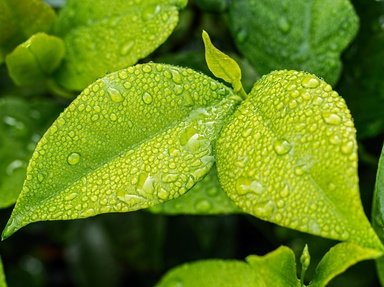Quiz Answer Key and Fun Facts
1. At the lowest elevations in the Okanagan, the landscape along the lakes is dominated by grasslands and dry forests. The most common tree found here is also the most widely distributed pine species in North America. Called 'blackjack' by early loggers, what is its proper name?
2. This tall, perennial grass can be found from Alaska down to Mexico, and is the dominant species in the western mountainous regions of North America. Named for the tinge of colouring that it often shows, what is the name of this grass?
3. This sagebrush found in the Okanagan carries the name of the region in the United States where it is found in abundance. What is it called?
4. The brittle prickly pear cactus is the only cactus species native to Canada.
5. Which evergreen tree found in the Okanagan is not truly a fir, pine, nor spruce, but is actually a distinct species named for a Scottish botanist?
6. It sounds like it might be an evergreen species, but this bunchgrass just likes to hang around evergreens. What is it called?
7. The lodgepole pine is the most abundant tree species in the entire province of British Columbia.
8. It is not all conifers in the Okanagan, but maybe this deciduous tree isn't too happy with cold climates. What is it called?
9. Found in the higher elevations in the hills above the Okanagan Valley is this close relative to the white spruce. Bearing the name of a German physician and botanist, what is it called?
10. In the dry Southern Okanagan region, near the US border, a fragile antelope-brush ecosystem is home to 22% of all threatened and endangered vertebrates in British Columbia. What is the primary danger to this ecosystem?
Source: Author
reedy
This quiz was reviewed by FunTrivia editor
rossian before going online.
Any errors found in FunTrivia content are routinely corrected through our feedback system.
